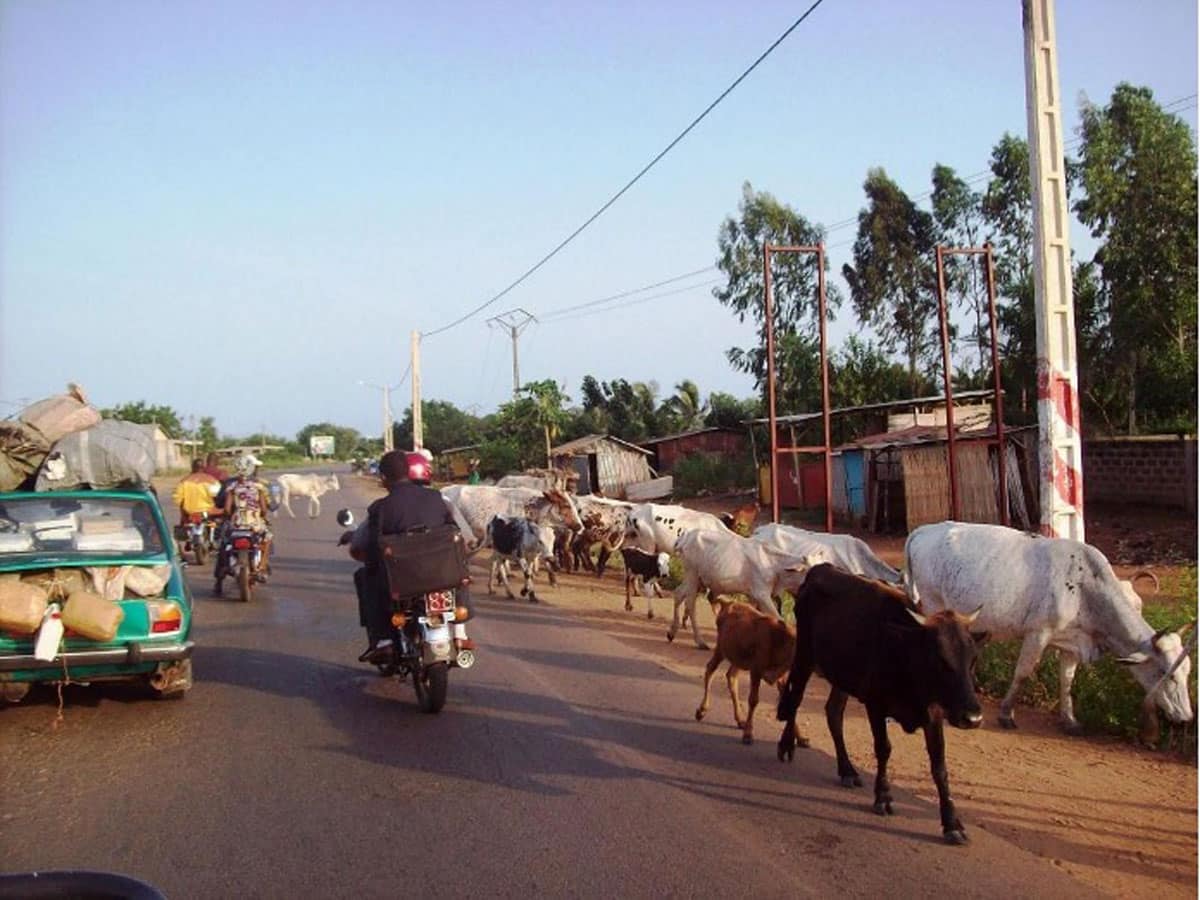In our first-ever review of applications for research grants, Grow Further is discovering a wide array of unique and creative ideas for revolutionizing smallholder agriculture through innovation.
Concepts range from developing new varieties of sorghum to combat parasitic plants to improving a new irrigated production system to dramatically expand off-season wheat production. These proposals and more are now working their way through our review process, as is another innovative concept—Fulani.
But what is Fulani? And how can it help smallholder farmers? Understanding this word matters, because as one research team in Benin told us, Fulani could be a great strategy for helping dairy farmers throughout Africa vastly increase their milk production. But first, Fulani’s secrets must be revealed.
Our review of research grant applications is far from over, but several agricultural innovators have agreed to interview with us to better explain their Grow Further grant applications and proposals for bettering the lives of smallholder farmers and pastoralists. Guénolé Coovi Akouedegni, an associate professor at the Université d’Abomey-Calavi in Benin, took time out of his busy schedule to explain to us precisely what Fulani means and how it might benefit dairy farmers.
As he explains it, Fulani is a versatile word that refers to at least three different things. It is a community in Benin that came to light for him through his students. Fulani also means a breed of cattle unique to that region and community of Benin. Most importantly, the word refers to an old and culturally significant feeding technique that dairy farmers in the Fulani community of Benin insist benefits their cows. Akouedegni suspects this is due to their exploitation of galactogenic plants, or plants known or suspected to stimulate milk production in animals.
In other words, Fulani dairy farmers appear to be relying on a precise combination of native plants for feeding their cattle, and they’ve come to understand that feeding cows (and sheep) these plants leads them to produce far more milk than their offspring require, leaving a surplus for farmers to profit from. Dr. Akouedegni is out to prove whether or not Fulani actually works the way dairy farmers insist it does. He and his colleagues have a precise plan for doing so. If successful, then a precise combination of feed plants could be devised to dramatically expand smallholder dairy farmers’ milk output well beyond just this small community in Benin.
Akouedegni explained his team’s strategy in the Q&A below.
Get to know “Fulani”
Q: Dr. Akouedegni, please explain to us, what is “Fulani”?
A: There is a breed of cattle called Fulani, or white Fulani. Otherwise, when we talk about Fulani, we are talking about the Fulani community.
Fulani is neither a plant nor a technique. Rather, it is a sociolinguistic community whose main activity is the breeding of ruminants, especially cattle. Fulani uses galactogenic plants or recipes to improve the milk production of cows. I say galactogenic “recipe” because sometimes it is not only the plants. The plants can be combined with other ingredients.
“Fulani is neither a plant nor a technique. Rather, it is a sociolinguistic community whose main activity is the breeding of ruminants, especially cattle.”
Q: How do you plan to set out to prove that these plants or the recipes the Fulani community uses indeed enhance milk production in their dairy cattle and sheep?
A: Some of these plants and recipes are being tested in cattle and sheep with very interesting results in Benin. Many other galactogenic plants and or recipes remain to be tested to compare the efficacy of the recipes in order to identify the most effective ones.
The plants and recipes are being tested directly on the animals by oral administration. They are tested in the form of leaves—if the leaves are palatable—or transformed into powder and/or extracts if they involve other parts of the plant—barks, roots, or leaves—that are not palatable.
Healthy food for healthy mother cows
Q: What is it about galactogen plants that may induce greater milk production in livestock?
A: The galactogenic effect of plant resources or recipes is mainly related to their chemical composition—steroidal, saponins, sapogenins, and tannins contents.
These plants allow cows and ewes to express their best potential milk production for better growth of calves and lambs, in order to reduce the mortality before weaning of calves and lambs. Then, they allow poor households to consume and/or sell the surplus milk after calves and lambs are suckled.
Q: Your application lays out plans for cultivating plants once you identify the right galactogenic plants and recipes. Why is this step necessary?
A: For the sustainable use of effective plants, it will be necessary to think of developing technical itineraries for the production or culturing of these plant resources to guarantee their availability in time and space for the communities in Benin and elsewhere in the world.
The collection of effective plants in natural forests that are constantly degraded cannot guarantee the availability of these resources for a growing population.
— Grow Further
Photo credit: Cattle moving through traffic in Benin. Denise Miller/Flickr.




